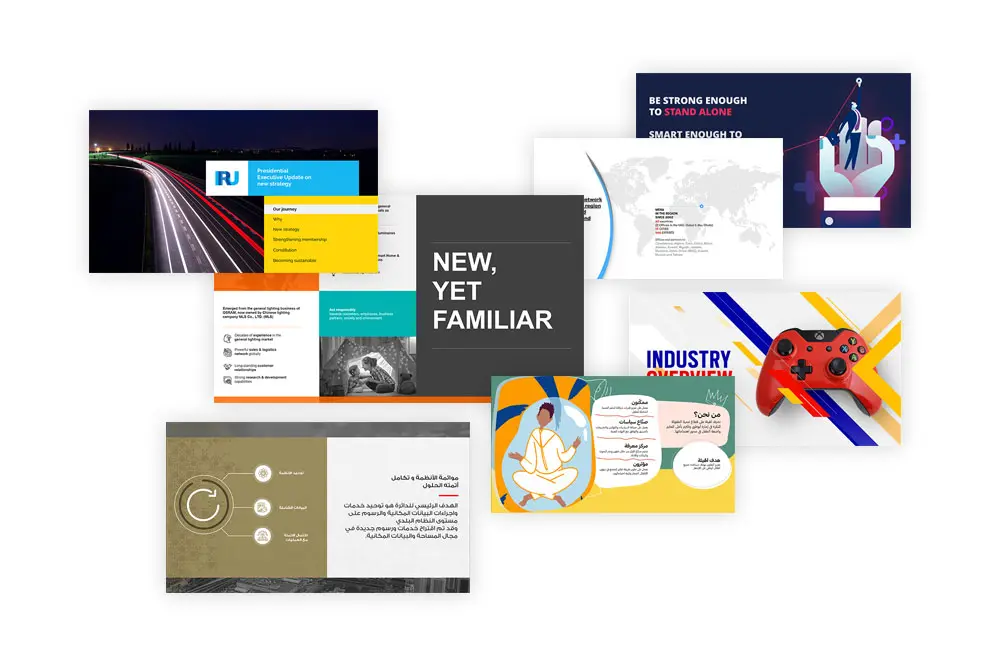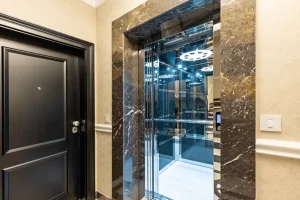The Most Important Parts Of A Winning Presentation Deck Design

A winning presentation deck design is more than just an arrangement of slides; it’s a powerful tool to engage, persuade, and inform. Achieving this requires attention to the elements that make each slide visually cohesive, easy to follow, and memorable. Look at here the most essential parts of a presentation deck design that captures and maintains audience interest.
Clear structure:
A well-organized structure is essential for guiding your audience through your presentation. Begin with a clear introduction that outlines your main points and objectives. Follow this with a logical progression of slides that delve deeper into each point, ensuring a smooth flow of information. Use sections or headers to distinguish different parts of your presentation, making it easier for your audience to follow along. A strong conclusion should summarize your key takeaways and reinforce your main message, leaving a lasting impression.
Compelling visuals:
Visuals play an important role in improving your presentation and maintaining audience engagement. Incorporate high-quality images, infographics, and charts that complement your content and provide visual interest. Choose visuals that are relevant and add value to your message rather than distract from it. Strive for a balance between text and visuals to avoid overwhelming your audience with information. Remember, a picture is worth a thousand words; effective visuals can communicate complex ideas quickly and clearly.
Consistent branding:
Your presentation deck should reflect your brand identity. Use consistent colors, fonts, and logos throughout your slides to create a cohesive look. Consistency in design reinforces brand recognition and also conveys professionalism. Choose a color palette that aligns with your brand and is visually appealing. Additionally, ensure that the typography is easy to read, maintaining a clear hierarchy between headings, subheadings, and body text.
Engaging content:
The content of your presentation is the heart of your deck, so ensure it is engaging and tailored to your audience. Use concise language and avoid jargon to make your message accessible. Incorporate storytelling techniques to create a narrative that captivates your audience. Include relevant examples, case studies, or anecdotes that illustrate your points and make the content relatable. The more engaging your content, the more likely your audience will connect with your message.




